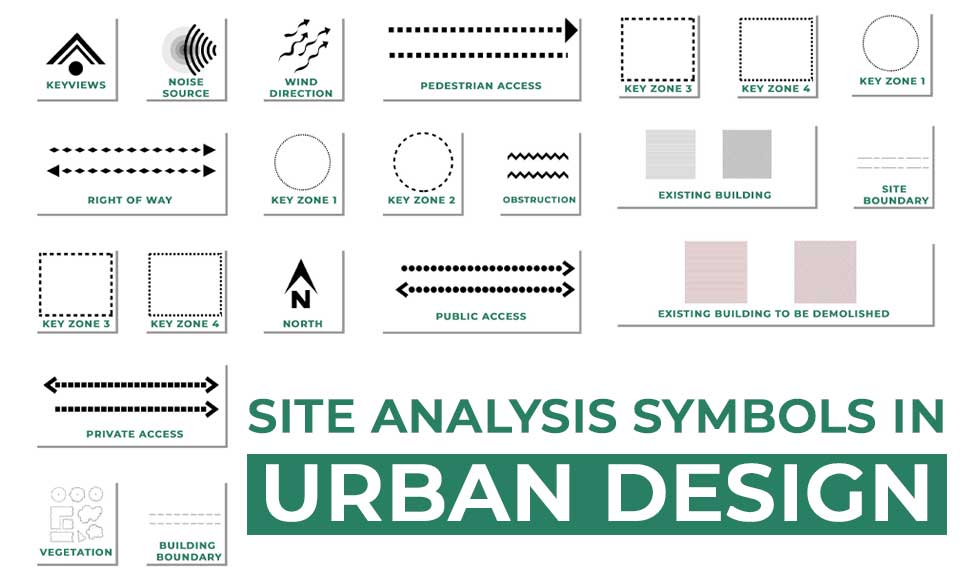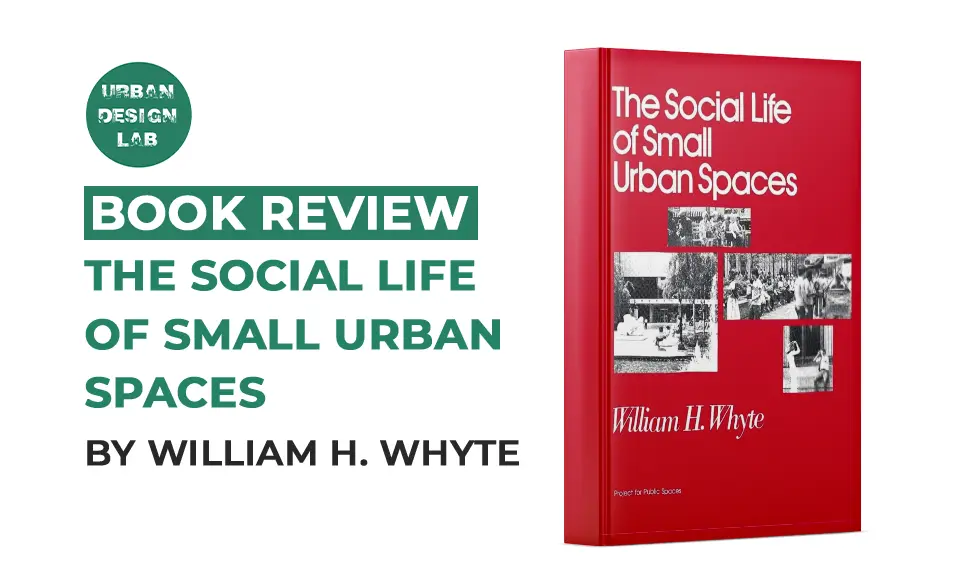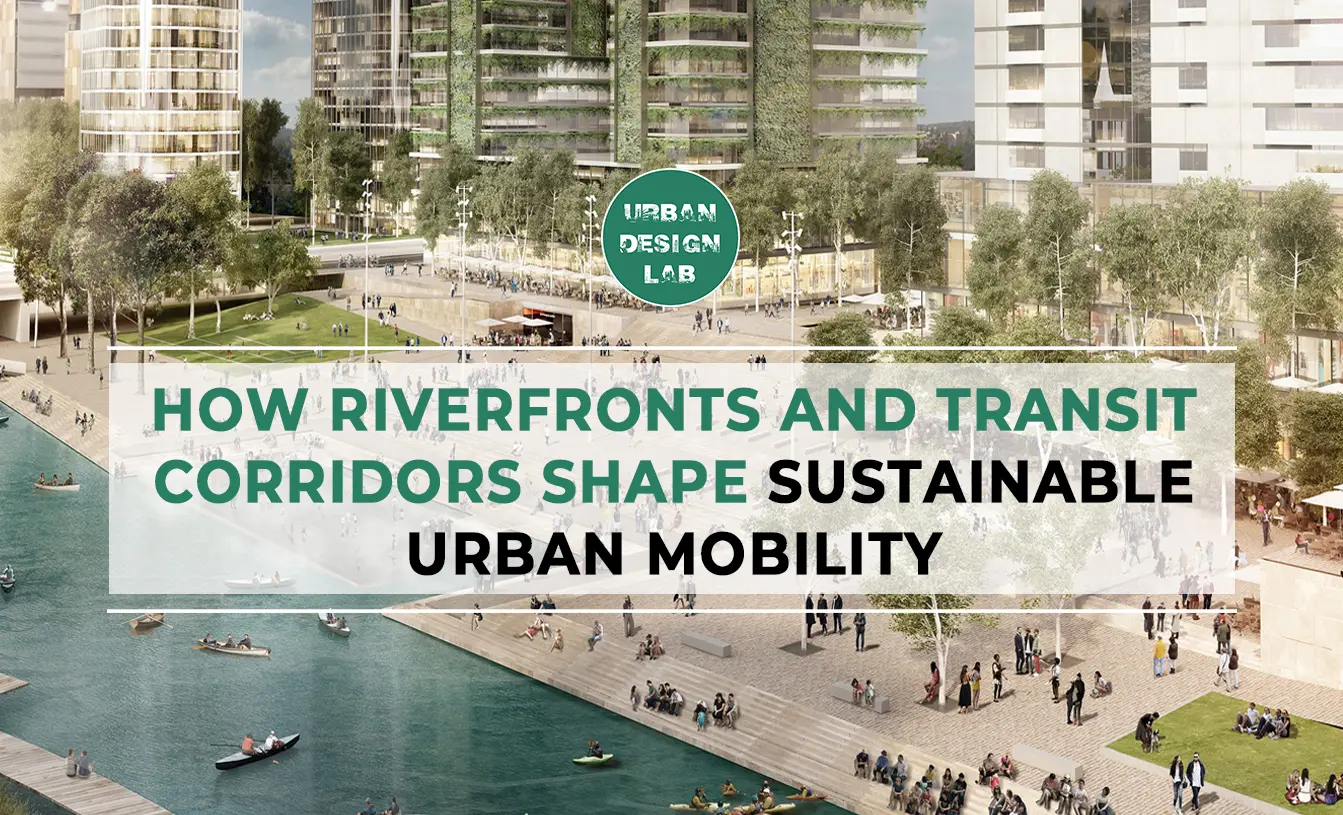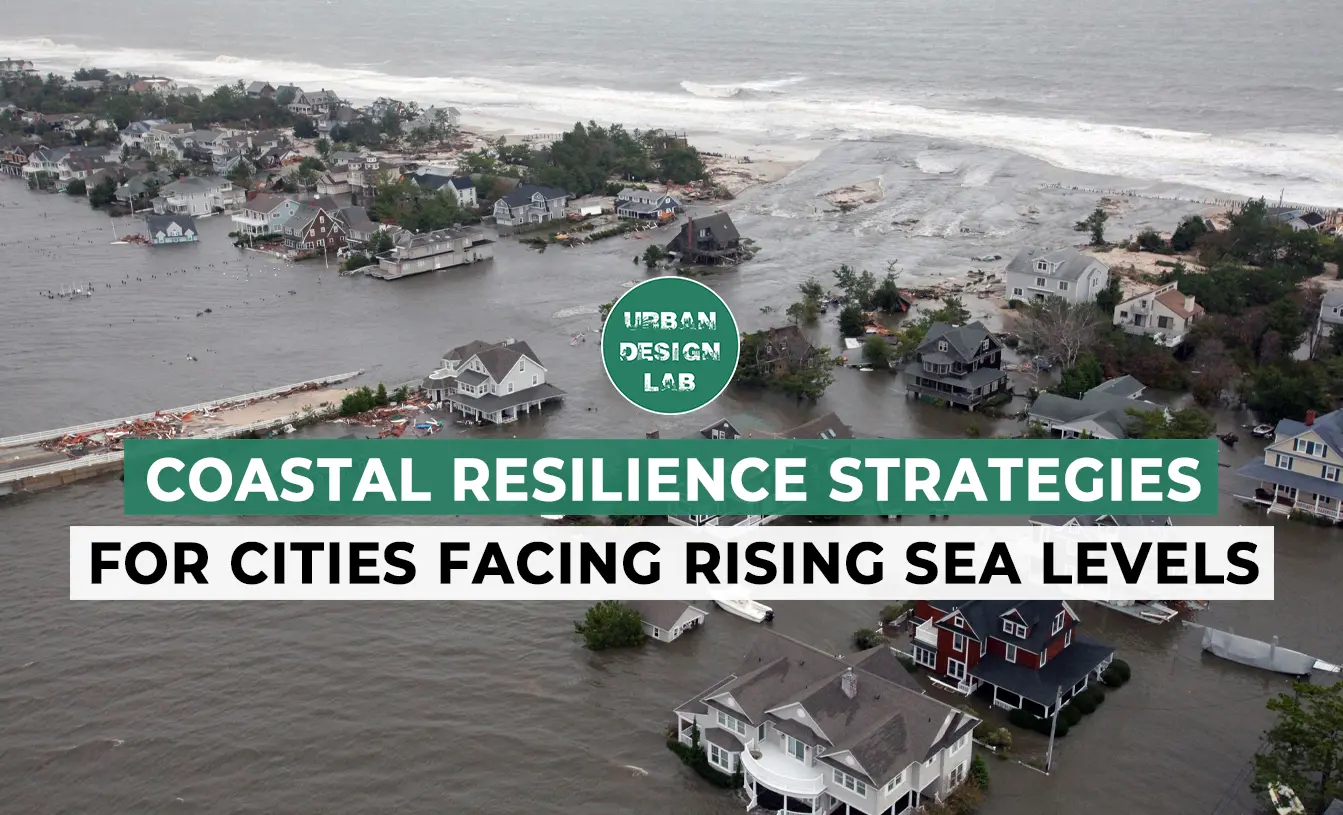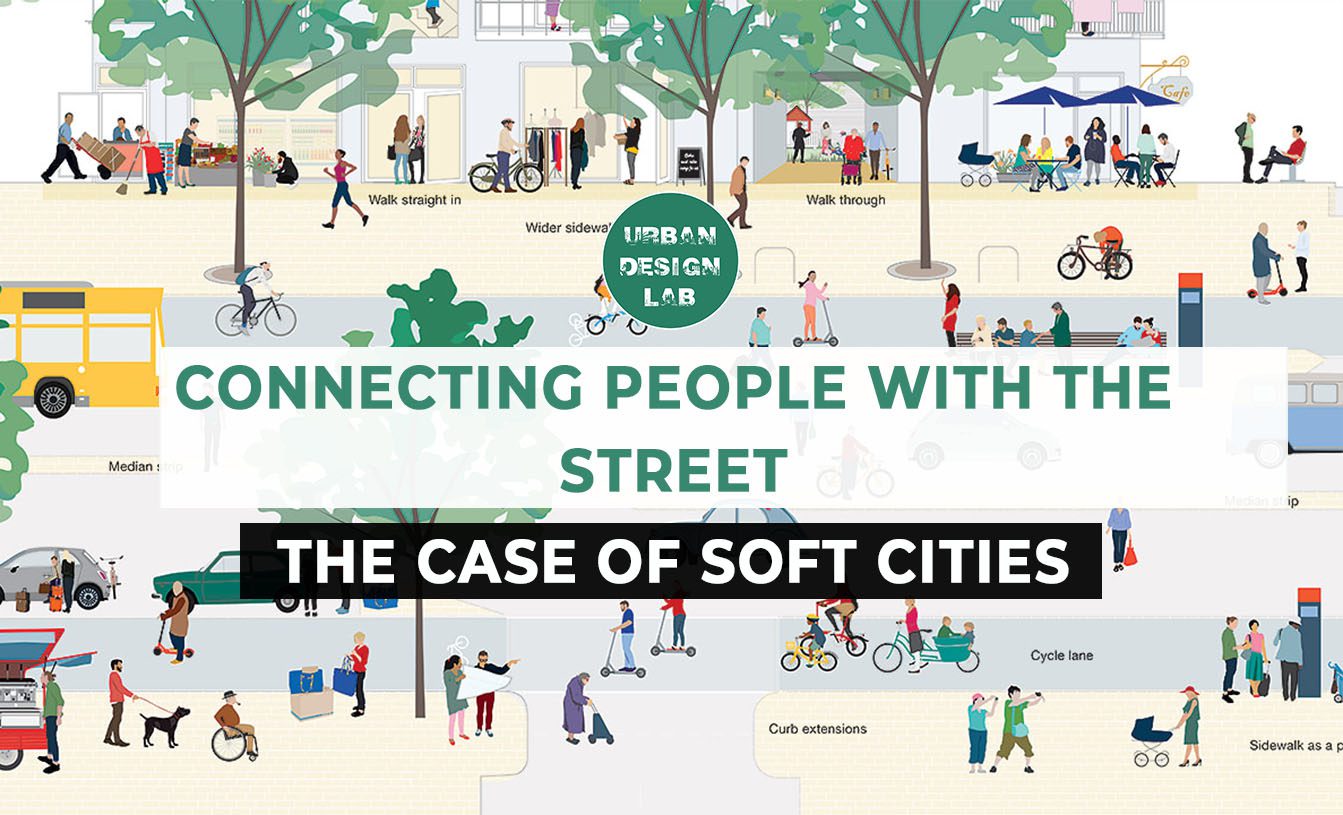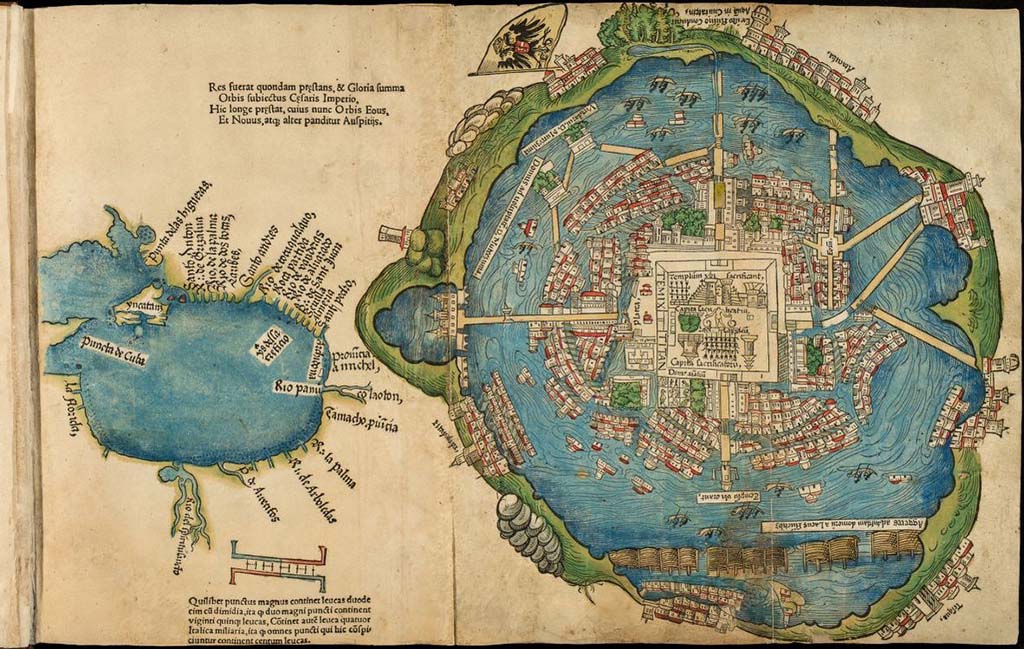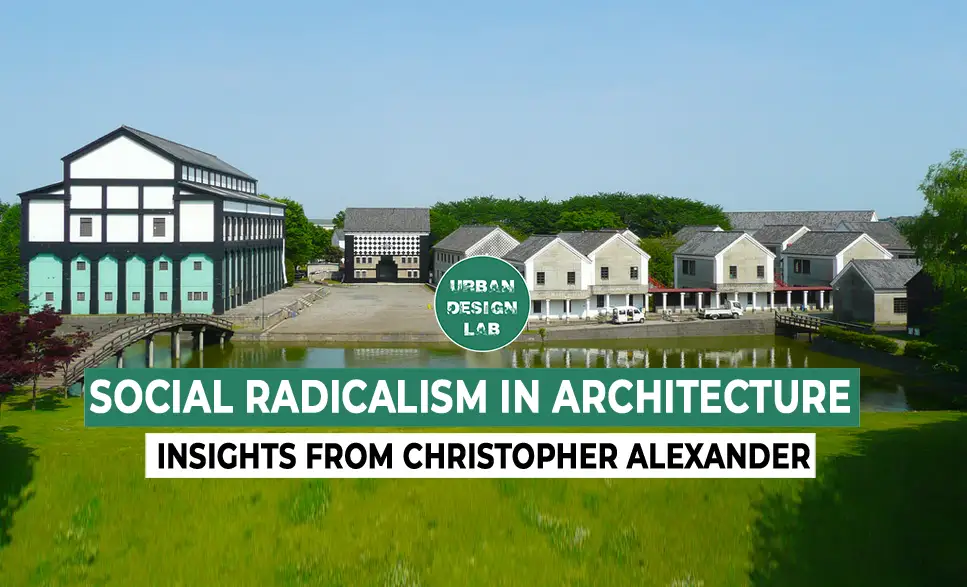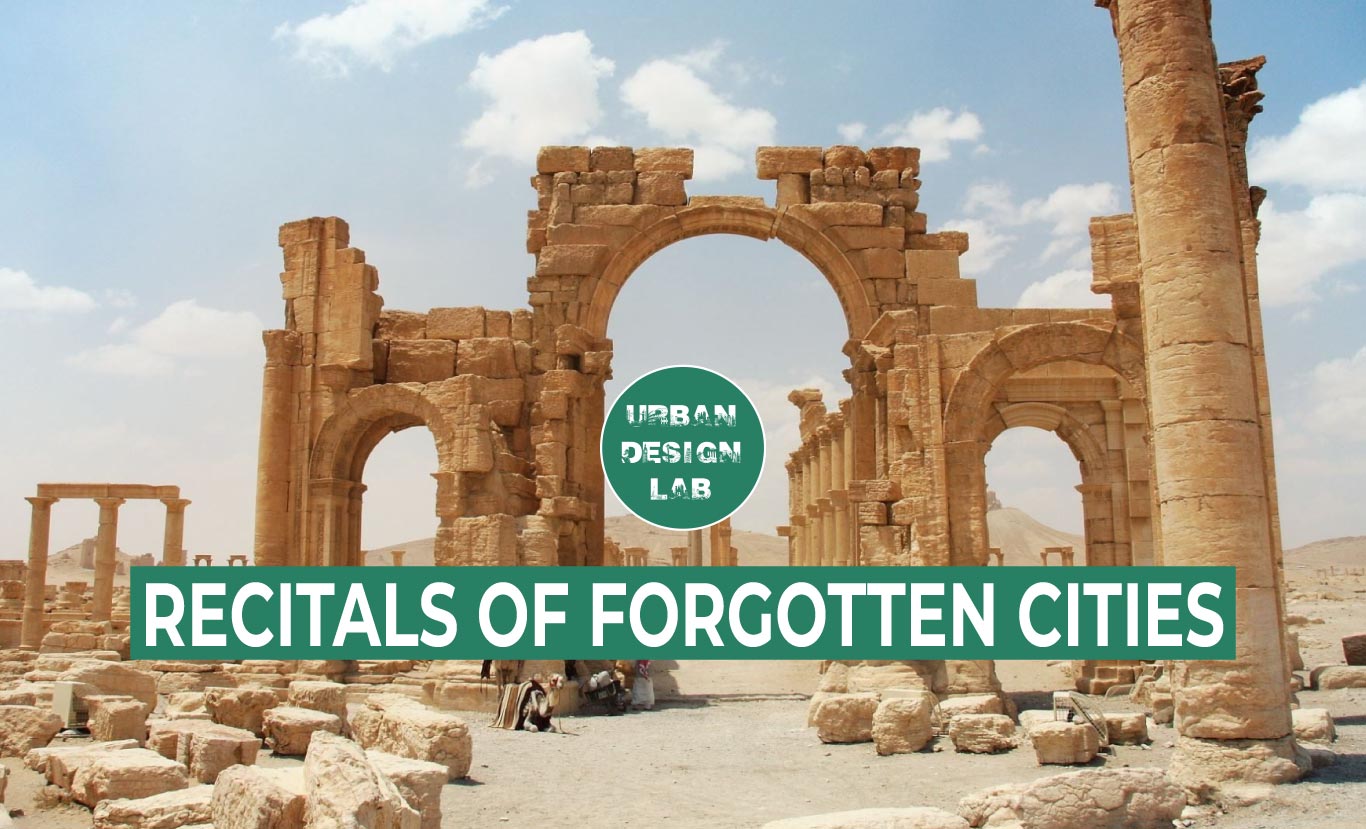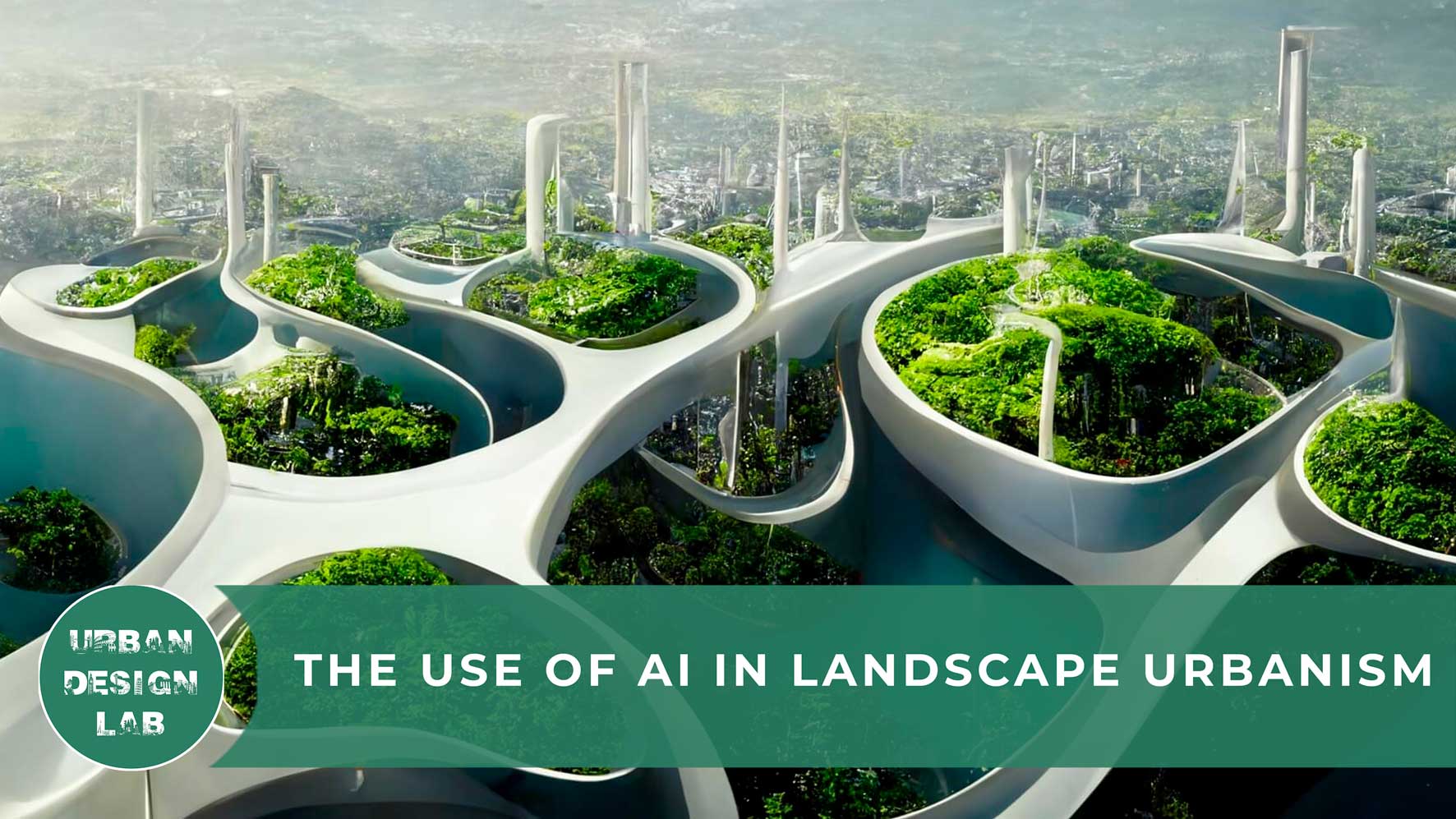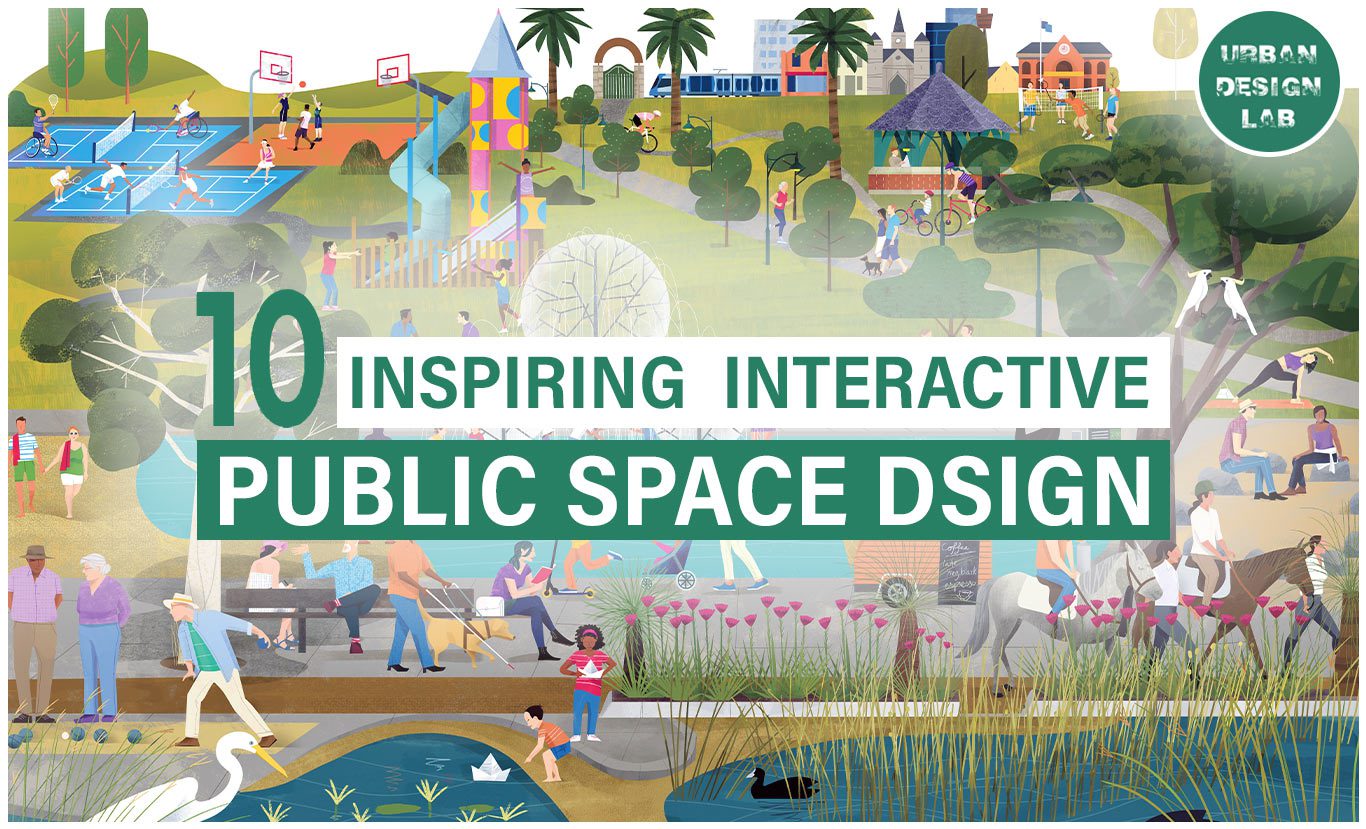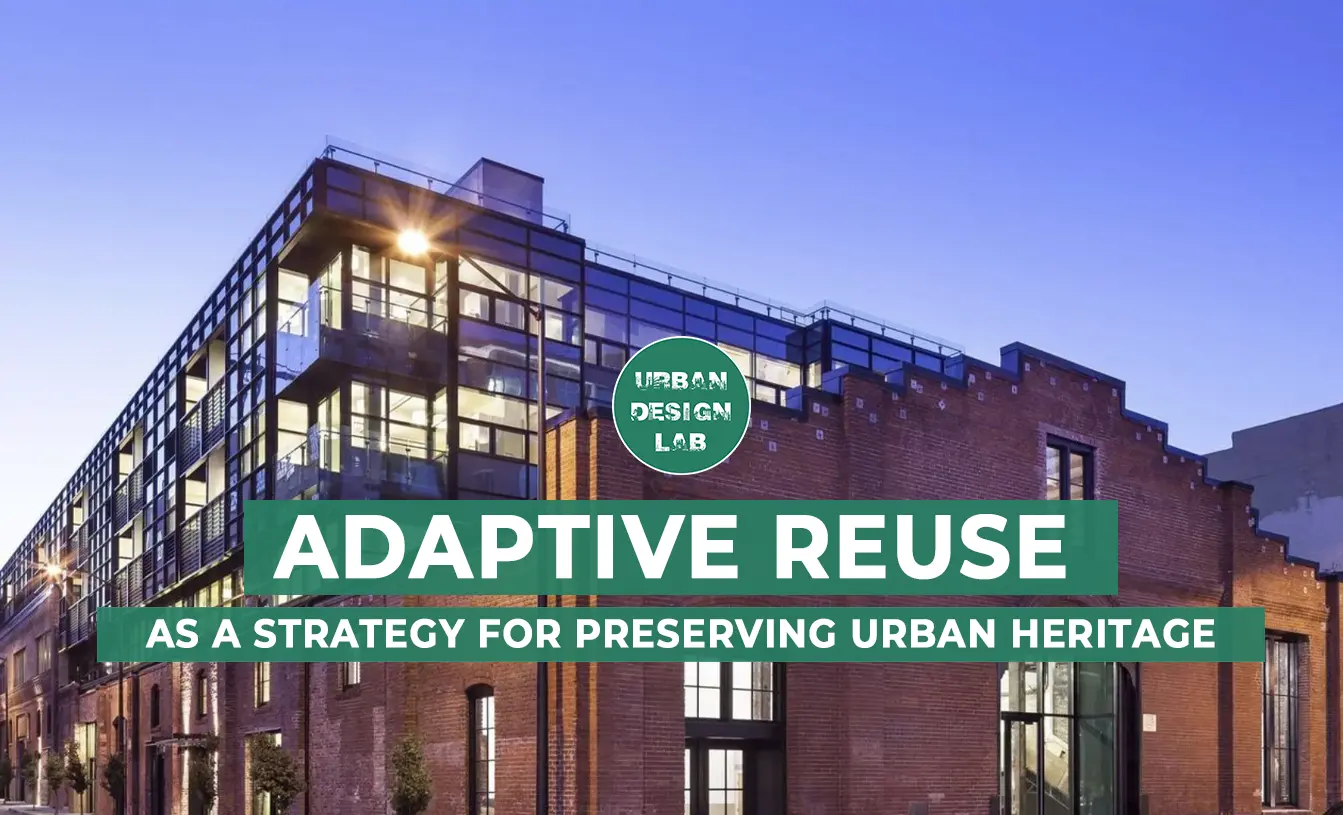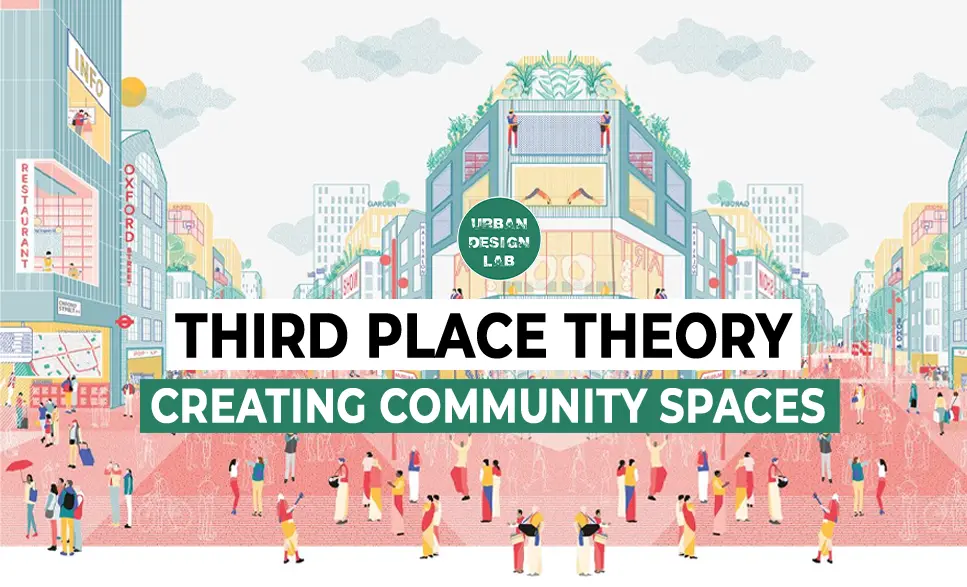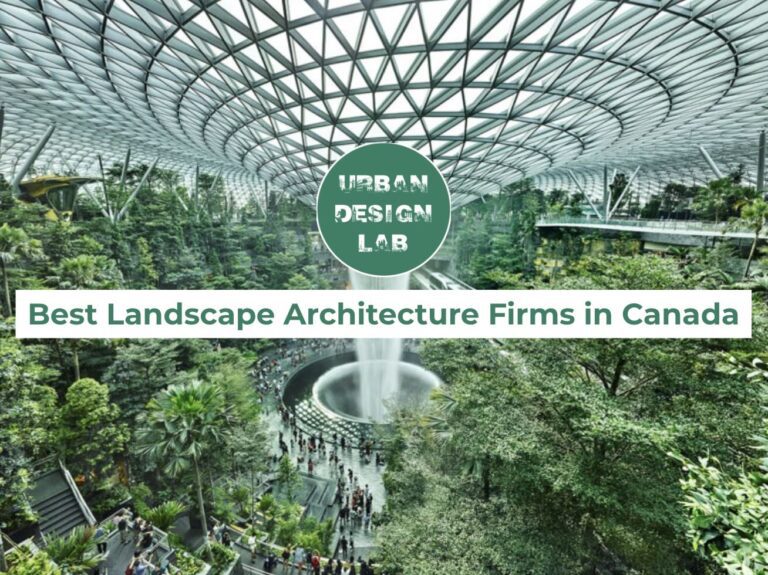
Housing and Urbanization: Balancing Growth and Livability
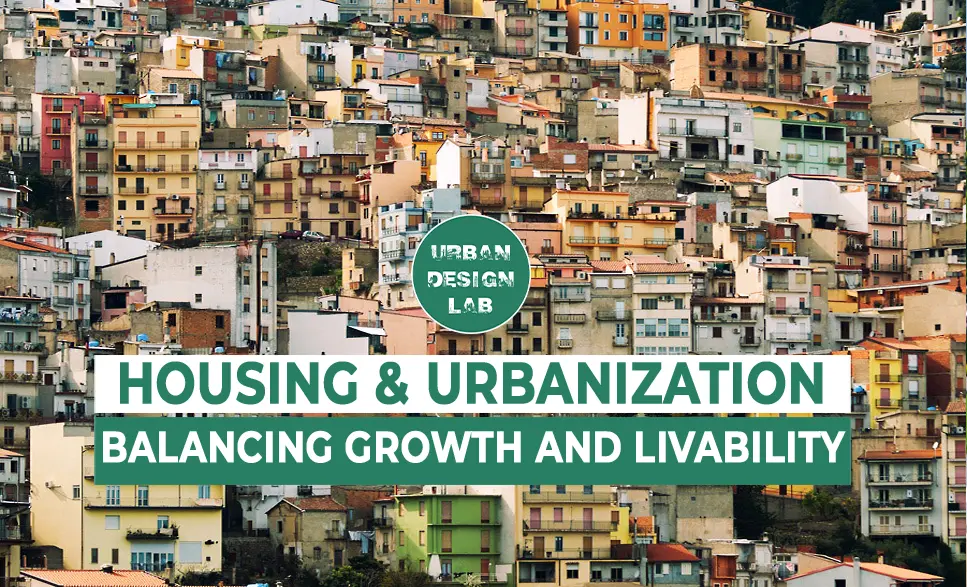
Urbanization is a defining phenomenon of the 21st century, characterized by the rapid growth of cities and the migration of populations from rural to urban areas. As cities expand, the need for sustainable housing solutions and urban planning strategies becomes increasingly critical. This research explores the intricate relationship between housing, urbanization, and the quest for livability, emphasizing the importance of creating inclusive, resilient urban environments.
The Importance of Livability
Livability is a multifaceted concept that reflects the quality of life in urban environments. It involves a broad range of factors, including safety, access to healthcare and education, efficient public transportation, environmental sustainability, and social cohesion. A truly livable city fosters an environment where residents can not only meet their basic needs but also thrive, enjoying a well-rounded lifestyle with access to green spaces, cultural amenities, and recreational facilities. Urban planners now recognize that livability should not be an afterthought but a foundational goal in urban development. As cities grow rapidly, particularly in developing regions, the challenge becomes how to balance expansion with quality of life. This requires policies that address affordability, equitable access to services, and environmental protection. Cities that succeed in enhancing livability do so by adopting forward-thinking strategies like mixed-use development, public transport expansion, and community engagement programs. These strategies are essential to creating resilient urban environments that cater to diverse populations, mitigate the effects of rapid growth, and ensure long-term sustainability.
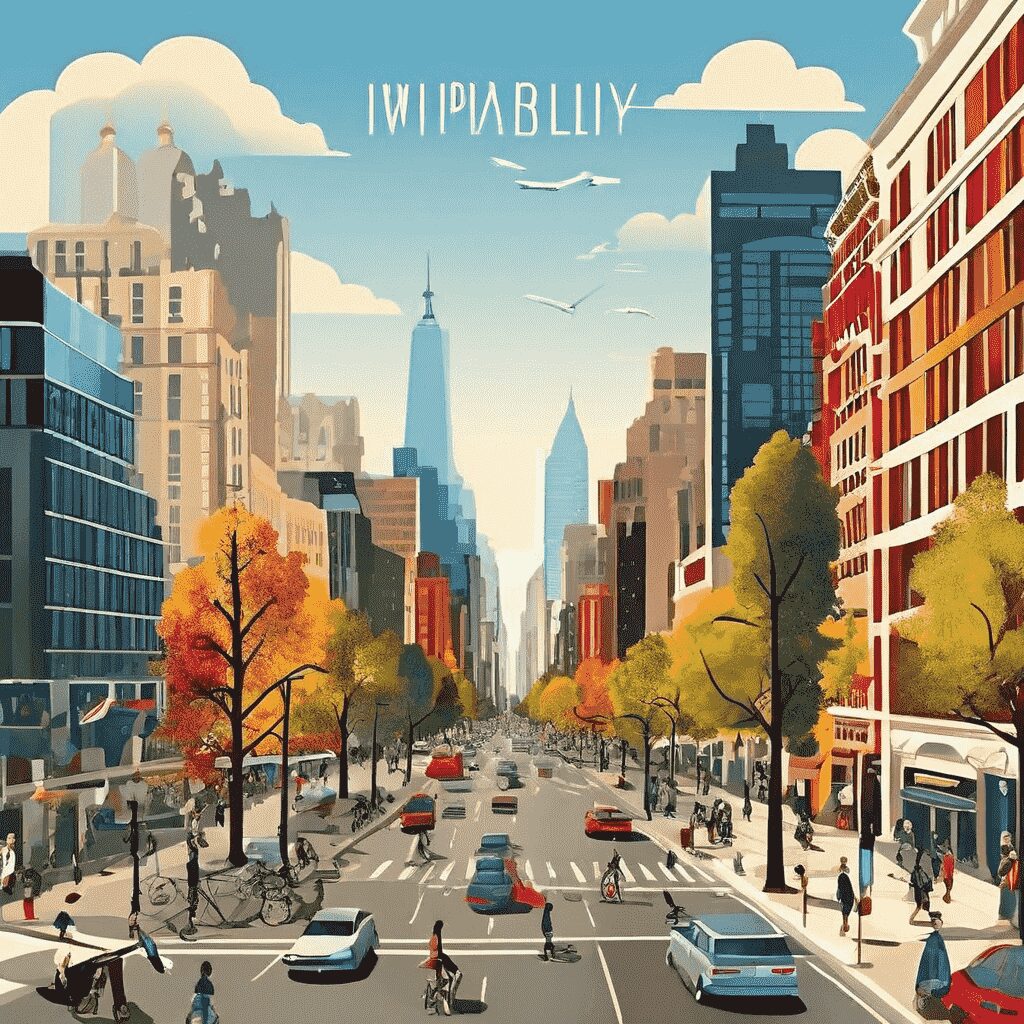
Source: author
Challenges of Urban Growth
Rapid urbanization leads to increased demand for housing, often resulting in shortages and rising prices. The phenomenon of gentrification can displace long-term residents, particularly in neighborhoods undergoing revitalization. Additionally, traditional zoning laws often segregate land uses, promoting urban sprawl and increasing reliance on automobiles. This not only exacerbates traffic congestion but also contributes to environmental degradation. To address these challenges, cities must adopt comprehensive housing policies that emphasize affordability, inclusivity, and sustainability.
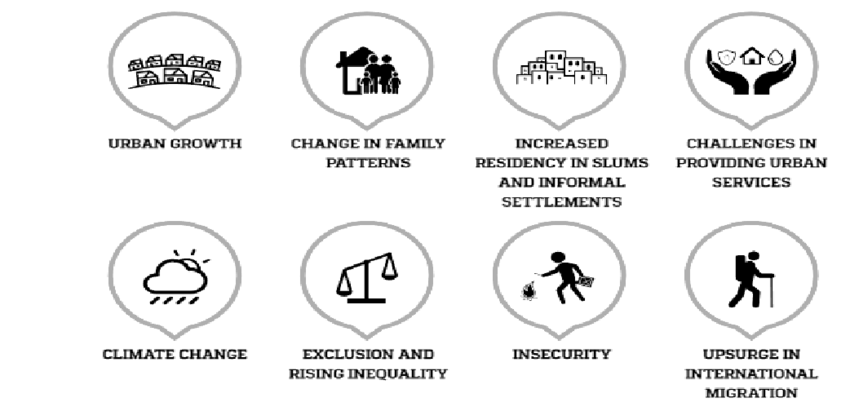
Source: Website Link
Sustainable Urban Development Strategies
Sustainable urban development is crucial for creating cities that balance growth with livability. This strategy focuses on integrating social, economic, and environmental factors into urban planning to build resilient, inclusive communities. One of the key principles is promoting compact, walkable cities that reduce dependence on cars, thereby lowering carbon emissions and fostering a more sustainable lifestyle. Encouraging mixed-use developments allows for the creation of vibrant neighborhoods where residents can live, work, and access essential services within close proximity, minimizing the need for long commutes. Public transportation plays a pivotal role in sustainable cities, as investing in efficient transit systems reduces traffic congestion, enhances air quality, and promotes equitable mobility. Further, sustainable urban development also involves green building practices, energy-efficient infrastructure, and waste reduction measures, ensuring that urban growth does not come at the expense of environmental health. By prioritizing these strategies, cities can address housing shortages, improve quality of life, and mitigate the negative effects of urban sprawl, setting the stage for long-term growth that benefits both current and future generations.
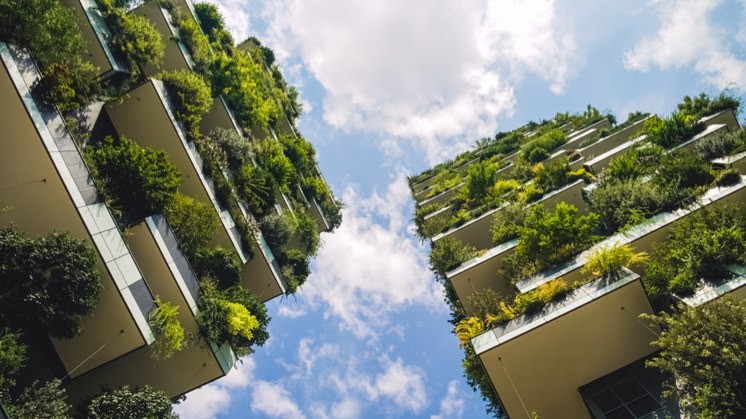
The Role of Green Spaces
Green spaces are vital for enhancing urban livability. Parks, community gardens, and green corridors provide recreational opportunities, promote biodiversity, and improve air quality. They also serve as essential social spaces where residents can gather and connect. Integrating green infrastructure into urban planning not only mitigates the urban heat island effect but also helps manage stormwater runoff, reducing the burden on drainage systems. Cities that prioritize green spaces in their development plans are better equipped to enhance residents’ quality of life while addressing environmental challenges.
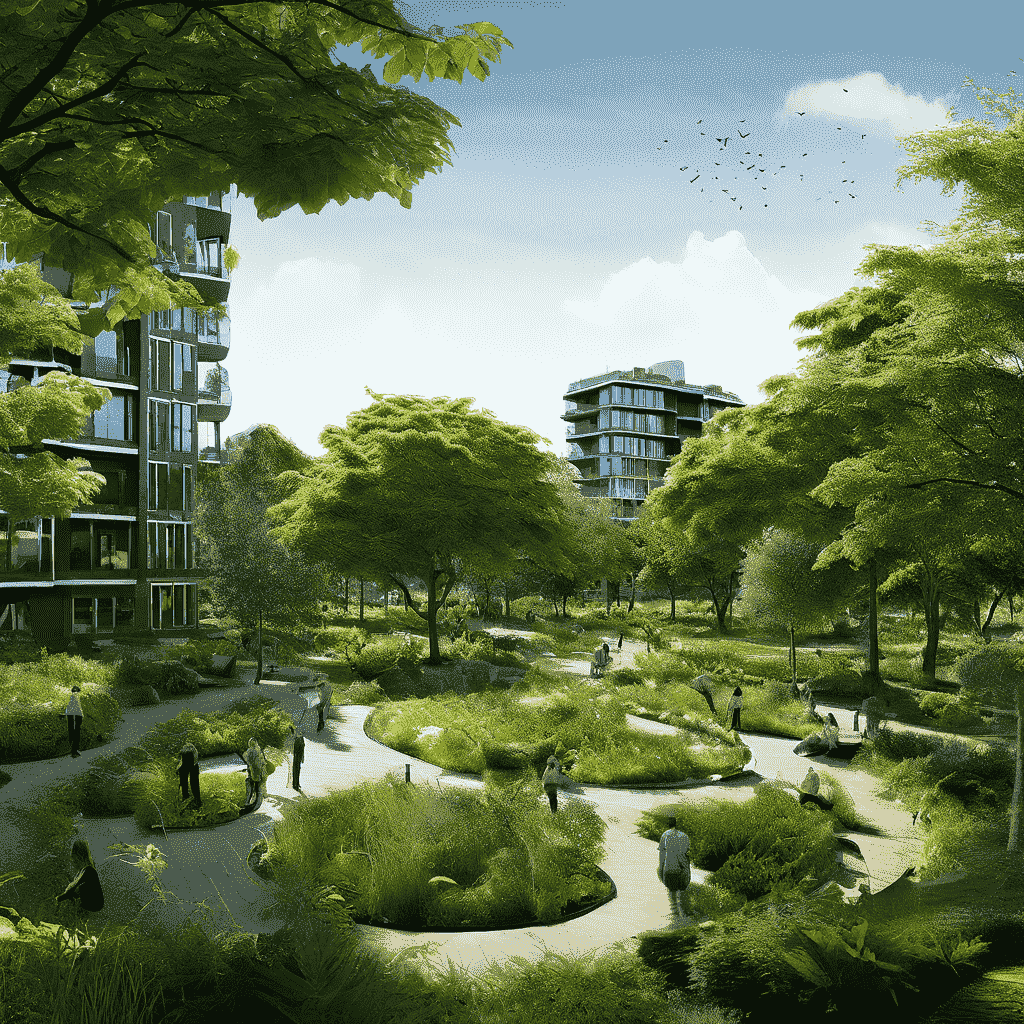
Source: author
Community Engagement and Inclusion
Effective urban planning requires robust community engagement to ensure that the needs and aspirations of all residents are considered. Inclusive planning processes that prioritize the voices of marginalized communities are essential for preventing displacement and fostering a sense of belonging. Engaging residents through workshops, surveys, and participatory design processes can help planners understand local needs and develop strategies that reflect community values. Moreover, creating anti-displacement measures, such as rent control and eviction prevention programs, can protect vulnerable populations from the adverse effects of rapid urban growth.
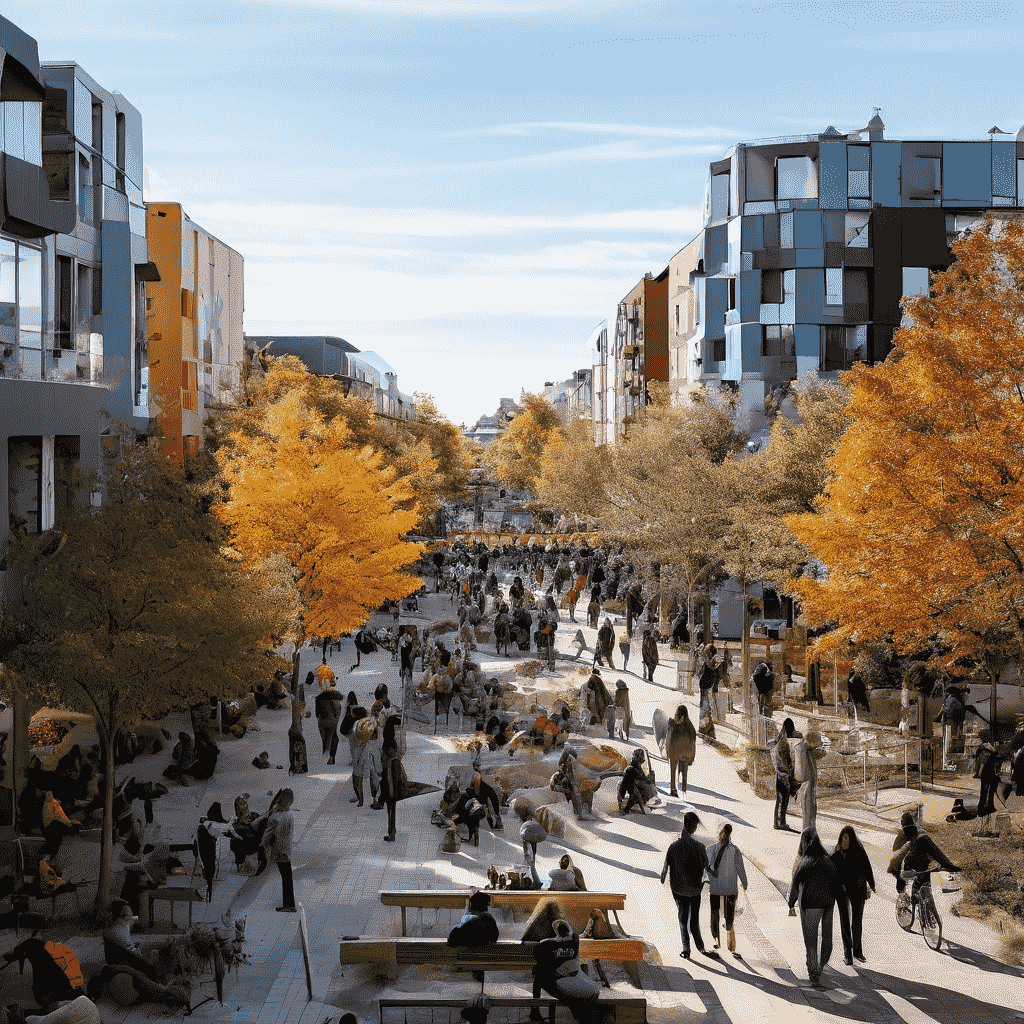
Source: author
Performance Metrics for Urban Planning
- Housing Affordability: Metrics assess whether housing developments meet affordability standards, ensuring that a diverse population can reside in the city without financial strain.
- Accessibility to Amenities: Measure the proximity and ease of access to essential services like schools, healthcare, public transportation, and recreational areas, promoting equitable access across all neighborhoods.
- Environmental Sustainability: Track indicators such as carbon emissions, green space allocation, and energy efficiency in infrastructure to ensure developments contribute to a sustainable urban environment.
- Performance-Based Zoning: Evaluate new developments based on their contribution to community livability, including factors like density, walkability, and integration with existing infrastructure.
- Public Transportation Efficiency: Monitor the reach, usage, and effectiveness of public transit systems in reducing traffic congestion and promoting sustainable mobility.
- Community Engagement: Gauge the involvement of local communities in the planning process, ensuring inclusive decision-making that reflects the needs of all residents.
- Adaptability and Responsiveness: Continuously evaluate and revise policies based on real-time data to respond to evolving urban challenges, ensuring long-term sustainability and livability goals are met.
Conclusion
Balancing growth and livability in urban areas is a multifaceted challenge that requires thoughtful planning, innovative policies, and active community engagement. As cities continue to expand, prioritizing livability through sustainable housing solutions, green spaces, and inclusive development practices will be crucial for fostering resilient urban environments. By embracing these principles, urban planners can create cities that not only accommodate growth but also enhance the quality of life for all residents, ensuring a vibrant and equitable future for urban communities. This holistic approach not only addresses immediate housing crises but also fosters long-term community resilience and cohesion, ultimately contributing to the development of sustainable, livable cities.
References
- Maheshwari, B., Singh, V.P., Thoradeniya, B. (2016). Balanced Urban Development: Is It a Myth or Reality?.https://link.springer.com/chapter/10.1007/978-3-319-28112-4_1
- Springer, Cham.Sustainable Urban Development: Balancing Growth and Environmental Considerations.https://www.linkedin.com/pulse/sustainable-urban-development-balancing-growth-environmental/
- (n.d.). LinkedIn.Balancing Growth and Livability: Using Performance Metrics – A Solution to Housing Crisis in San Francisco. (n.d.). ACSA.
- https://www.acsa-arch.org/chapter/balancing-growth-and-livability-using-performance-metrics-a-solution-to-housing-crisis-in-san-francisco/

Nadine Ahmed Mohamed
About the Author
Nadine Ahmed is an architecture engineering student at Ain Shams University. She finds the field of architecture generally interesting because it affects everything around us and is an everyday developing field.
Related articles

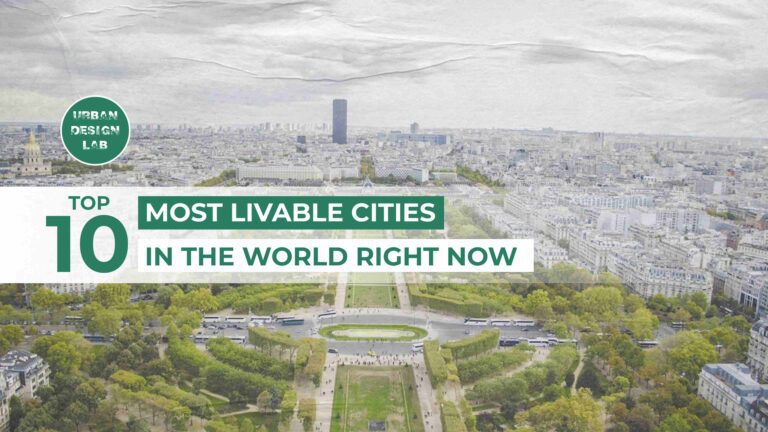
Top 10 Most Livable Cities in the World

Top 10 Case Studies on Smart Transportation Systems
UDL Illustrator
Masterclass
Visualising Urban and Architecture Diagrams
Session Dates
17th-18th January 2026

Urban Design Lab
Be the part of our Network
Stay updated on workshops, design tools, and calls for collaboration
Curating the best graduate thesis project globally!

Free E-Book
From thesis to Portfolio
A Guide to Convert Academic Work into a Professional Portfolio”
Recent Posts
- Article Posted:
- Article Posted:
- Article Posted:
- Article Posted:
- Article Posted:
- Article Posted:
- Article Posted:
- Article Posted:
- Article Posted:
- Article Posted:
- Article Posted:
Sign up for our Newsletter
“Let’s explore the new avenues of Urban environment together “



























